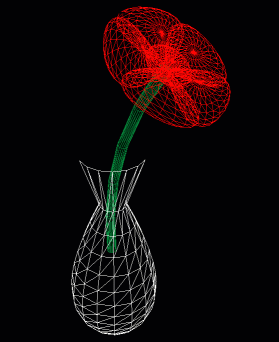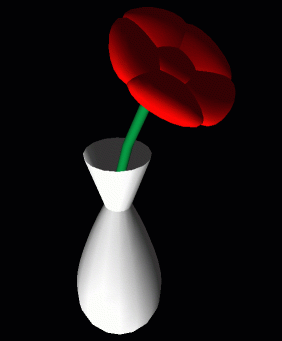
Results of various experiments, in reverse chronological order.
(September 13, 2002) While testing a rudimentary paint program I had made, I accidentally discovered how easy it can be to create grids that are reminiscent of techno music albums. All that's needed is a rectangle-drawing tool, and a flood-fill tool. (Note that these tools are used to paint the background, not the foreground.)

(April 28, 2001) Experimenting with alpha blending in OpenGL.
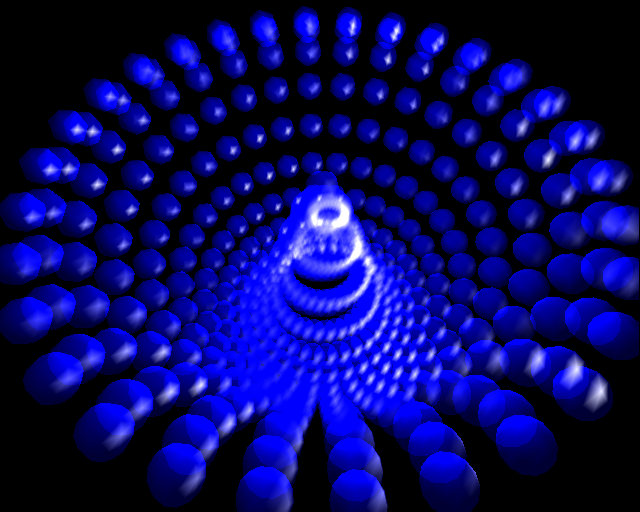
(Update: June 2006) A higher resolution version of a similar image was created for the Faculty of Arts and Science at University of Toronto for some notecards they produced in 2006. The following description was provided with the image:
An example of "alpha blending", a computer graphics technique for simulating transparent objects, in this case in a pseudo-physical manner. Blue spheres are arranged along a surface generated by revolving a sinusoidal curve. The white dots of reflected light are specular highlights.
(April 27-28, 2001) The cubes in these images are centred on points sampled from strange attractors.
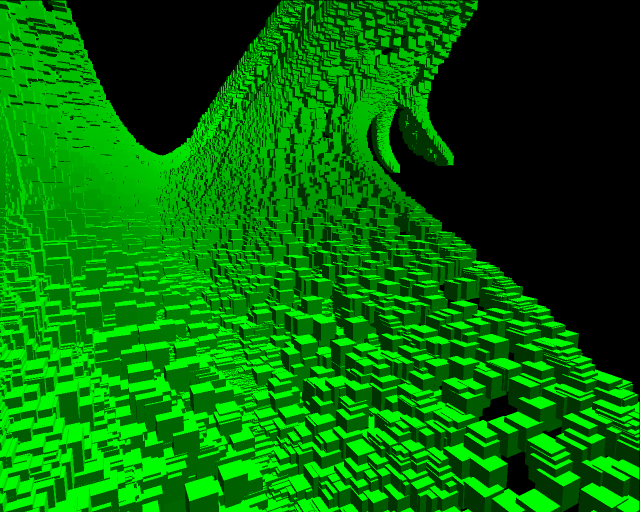
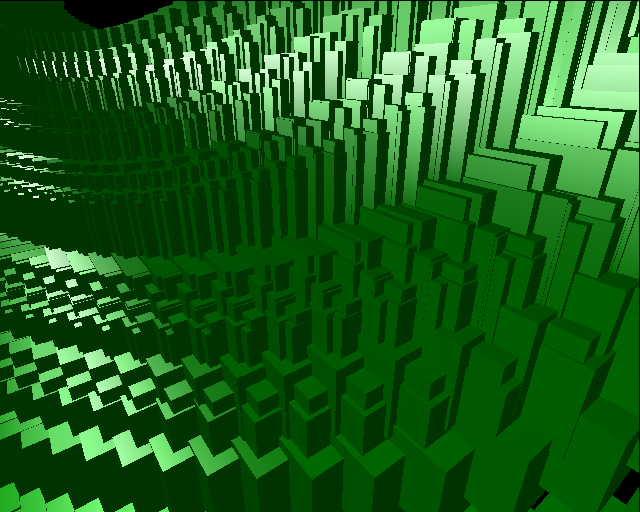
Output from a custom program. The initial intention was to imitate the look of a large school of fish seen from below, with bright sunlight back-lighting the scene.
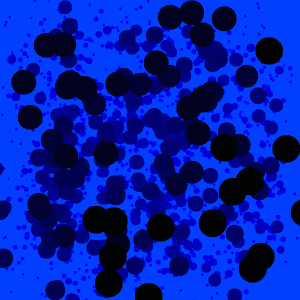
Output from an applet demonstrated in my java tutorial.
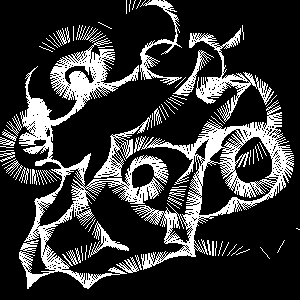
Output from a custom program. The goal was to create an impression of bubbles suspended in water, but the end result was not quite what I had intended.
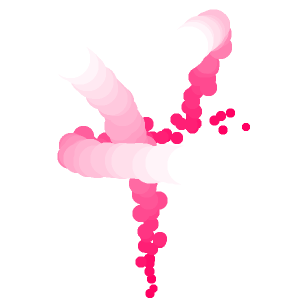
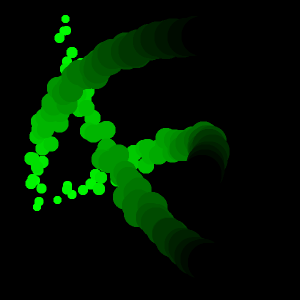
A 3D model of a clock, rendered before and after custom modifications to a raytracer.
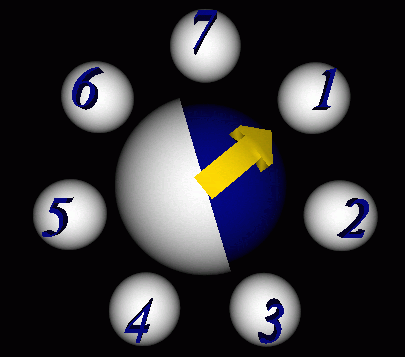
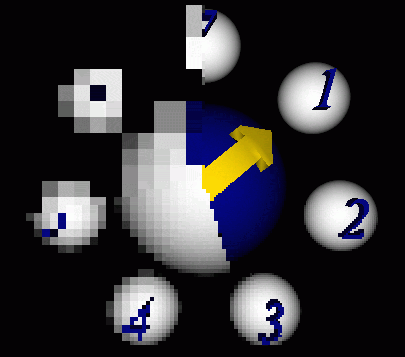
An exercise done in 3D Studio MAX.
